Diving into the world of bass practice amps can be as thrilling as it is bewildering, especially for the burgeoning bassist eager to find their sound! With so many options available to you, we’ve made things easier by compiling a list of the best bass practice amps available today.
We’ll go over what makes a good practice amp and things to look for, as well as provide you with a range of suggestions to help get your groove going. From novices seeking their first amp to advanced bassists needing a gigging and rehearsal workhorse, we’ve got an amp that’s fit for you.
In a hurry?
Here are our favourite three bass practice amps:
| Fender Rumble LT25 Bass Combo | Versatile with a wide range of tones; perfect for beginners and intermediate players. | Check the current price |
| Ampeg Rocket Bass 112 | Classic Ampeg tone in a compact, gig-ready package. | Check the current price |
| 35w Electric Bass Amp by Gear4music | An affordable entry-level option offering solid performance and ease of use for beginners. | Check the current price |
The best bass practice amps
1. Fender Rumble LT25 Bass Combo
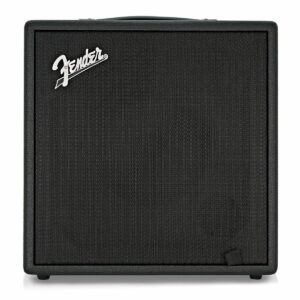 Key features
Key features
- 25-Watt practice amp
- 50 presets for tones and effects
- 8” colour display for clear settings
Pros
- Huge range of sounds and tones packed into one practice amp
- Compact size is ideal for practice and porting
- Customise your tones further with the Fender Tone Desktop app
Cons
- Digital sound and effects may not be “authentic” enough for purists
Affordable, accessible, and portable. Fender’s Rumble LT25 is the number one practice amp choice for a huge range of bassists. Why? Well, compared to guitar combo amps, modelling bass amps are much rarer.
Modelling amps pack a whole plethora of amp types into one box, in addition to a wide range of sound effects and modulations, giving you a vast repertoire of tones and styles to call upon – and the Rumble LT25 is a standout example. With 50 presets covering 15 amp types and 20 effects, there’s a dizzying array of possibilities to sample straight out of the box.
This is great for both newcomers to the bass and experienced pros who want a single combo to explore their musical creativity. No bulky extra pedalboard required; you’ve got tools on hand to sculpt any tone for any genre.
On top of all that, the neat LCD screen makes it easy to check your current setting and a built-in chromatic tuner keeps your bass pitch on-point. Complete with USB connectivity, a footswitch port, stereo I/O, and a headphone out for quiet practice, the Rumble boasts a Swiss army knife level of versatility.
2. Ampeg Rocket Bass 112
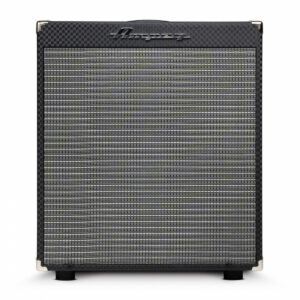 Key features
Key features
- Lightweight combo with a beefy 100W power rating
- 12” custom Lavoce speaker
- Footswitchable SGT overdrive
Pros
- Chunky practice amp that can also cover band rehearsal and small gigs
- Contains Ampeg’s legacy preamp for that sought-after sound
- Built-in effects loop and XLR direct out enhance functionality
Cons
- Large size and power headroom are overkill for those needing quiet practice
Do you need a bass amp that’s super solid for home practice, band rehearsal, and the occasional gig? This Ampeg fits the bill nicely.
Now, this is quite a step up from beginner level, but newbies, don’t be disheartened! Ampeg’s rich history boasts some of the most pristine bass tones out there, and the Rocket Bass 112 would be a great choice to grow into as you continue playing.
A massive part of this amp’s appeal is just how lightweight it is at 11.7kg – that’s virtually featherweight to musicians who constantly lug gear to and from venues or rehearsals. And its weight is extra significant because of the 112’s ample size. It holds a 12” custom Lavoce speaker that can move a huge quantity of air – resulting in totally immersive, thumping sonics when you crank it.
If you’re looking for a vintage and gnarly overdrive sound, the SGT Overdrive circuit has you covered. It injects that hairy and filthy distortion to give your tone extra oomph. Complete with handy ultra lo and ultra hi switches to fine-tune your frequencies, in addition to headphone out and aux in capability, the Rocket Bass 112 has you covered for any scenario.
3. 35w Electric Bass Amp by Gear4music
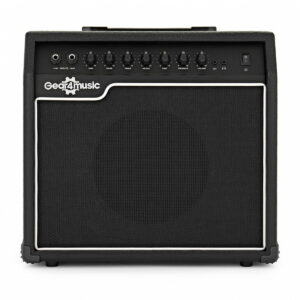 Key features
Key features
- Compact size without sacrificing power
- 10” speaker with 35W headroom
- Gain, shape, and EQ controls
Pros
- Lightweight practice amp that’s easy to store at home or port to practice sessions
- Plenty of tone sculpting options with extensive controls
- Aux in and headphone out allow for jamming and silent playing
Cons
- Basic feature set might not be enough for a more advanced bassist
If you’re after a reliable amp that doesn’t break the bank, look no further. The Gear4music Electric Bass Amp packs enough power and features to cover a wide range of tones and be an ideal home practice partner.
Now, it’s not going to fill arenas (or even small venues) obviously, but it could hold its own at a band practice session or ensemble rehearsal. With 35w of power firing out of a 10” speaker, you’ll get an immersive depth in your sound even when pushing the volume.
On the other hand, if you’re jamming at home and still learning your bass chops, the aux-in and headphone-out can help fuel your practice – whether that’s by giving you some backing or by cutting the noise when you’re trying not to upset the neighbours.
Just because the Gear4music amp is the most affordable on our list, it doesn’t mean you’re sacrificing too much functionality. Two input channels for low or high gain and a gain control can give you the girthy drive tones that power rock and heavier genres.
For other styles, you can sculpt your preferred sonics through the shape and EQ dials, getting sounds that are honky for slap, warm for fingerstyle, or bombastic and tangy for funk.
4. Orange Crush Bass 25 Combo
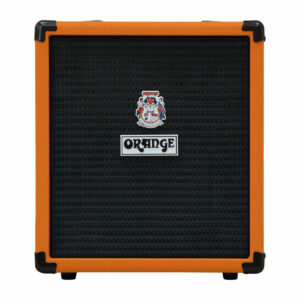 Key features
Key features
- Classic Orange warmth and rounded bass tone
- 25 watts with an all-analogue signal path
- Active EQ section and built-in tuner
Pros
- Bring the iconic Orange tone and style to your home – the sound of countless artists
- Enhanced silent practice with Orange’s CabSim technology, giving you lifelike sonics through your headphones
- Extensive tone-shaping and customisation through a highly responsive active EQ
Cons
- Lacks a built-in gain or distortion for those who prefer grittier tones
Orange are one of the few amplifier brands that have become just as famous for their aesthetic as their sound. And wouldn’t you know, the Crush Bass 25 brings both of those to your practice room! With 25 watts of rounded bass roars to play with, the Crush 25 can easily provide enough volume for loud jamming, either solo or with friends.
As the smallest model in the Crush range, the 25 can easily fit into a room of any size and stay portable enough to carry to lessons or rehearsal spaces. But that doesn’t mean you’re losing any of that quintessential Orange character, as the eight-inch speaker still produces a deep and powerful low-end to enrich your playing.
On top of that, there’s an all-analogue signal path and active EQ section – great for purists who want authentic tones, unsullied by digital components. With a parametric mid-band, you can shape a broad range of frequencies to find classic bass sounds or create your own,
Handy extra features include an integrated tuner, aux input, and headphone out. Unlike some other amps, the Orange Crush distinguishes itself with a CabSim out, so you’ll get the feeling of a thick and impactful tone when playing through your headphones.
5. Boss Katana Go
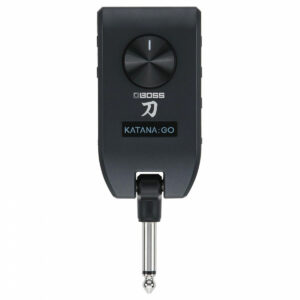 Key features
Key features
- A fit-in-your-pocket modelling amp
- 3 bass amp types and dozens of high-quality Boss effects
- Stream and edit sounds via Bluetooth
Pros
- Battery-powered headphone amp that allows you to groove anywhere, anytime
- With 3 amp types and a vast array of premium Boss effects, you can craft virtually any sound you want
- Utterly immersive “Stage Feel” tech can place backing music and your sound behind you, making you feel like you’re rocking out in front of a backline
Cons
- Requires headphones or a separate powered cab as there are no built-in speakers
Brand new to the market is the Boss Katana Go – a teeny battery-powered headphone amp that makes practising a breeze. Uniquely for this list, it covers both guitar and bass, with multiple amp types for both instruments. So, if you’re a multi-instrumentalist that needs a one-size-fits-all solution, the Katana Go has you covered.
Another distinguishing feature of the Go is its vast array of tones. Boss effects are some of the most famous and desirable pedals in the music industry, and the Go puts a plethora of these premium stompboxes at your command. Virtually any sound or modulation you want to achieve, you can do it here!
What’s more, accessing these varied sonics is easy. You can quickly flick between sounds and presets using side buttons, making it easy to switch up your tone on the fly.
Speaking of impromptu sound switching, the Go’s party trick for practice is its companion app. You can load YouTube videos in it and set markers to automatically switch between presets – great for nailing songs and making your drills more dynamic. Think “Hysteria” by Muse – you could load up a chunky boost with tonnes of gain for that bass intro, then auto-remove the boost for the rhythm work.
Even if you were after a traditional amp, the Go is seriously worth considering!
6. Cort CM20B Bass Amp
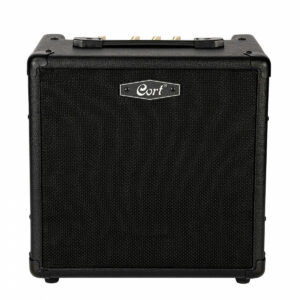 Key features
Key features
- 8″ speaker
- 3-band EQ with mode button
- 20-watt power output
Pros
- Very simple and easy to use, excellent for beginners needing a no-nonsense practice amp
- Cort’s reputation for superb value and build quality is well earned, so expect a long-lasting durability
- Standard aux-in and headphone-out options allow for jamming and silent practise
Cons
- Basic feature set might not satisfy those looking to explore different tones
Cort’s mission statement should be, “Good stuff that doesn’t cost too much” because that’s pretty much their entire product range. It’s no different with the CM20B, a simple yet effective bass practice amp.
Sturdy, well-built, and exceptionally clear with its eight-inch speaker, there’s nothing fancy about this amp, it’s just a solid option with plenty of character to offer. The basic three-band EQ is deceptively simple as it’s partnered with a mode button to extend your available tones.
The mode button scoops your mids and boosts lows and highs, great for getting a distinctive sound that cuts through a mix like slap and bridge playing. And while it lacks a built-in gain setting for gnarly distortion snarls, it’s a great platform to add pedals to as you develop your skills and preferred sounds.
7. Laney AudioHub Freestyle Amplifier
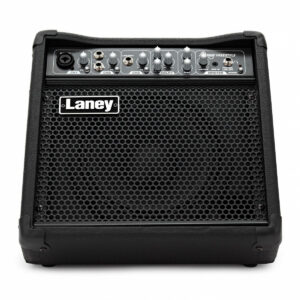 Key features
Key features
- 8″ custom driver
- Mains or battery-powered, with multiple input options
- Multi-instrumental capability
Pros
- Ideal for a range of scenarios, including home practice, teaching, busking, or jamming
- Lightweight and portable – ideal for taking to rehearsals
- Built-in digital delay allows for interesting trails and repeat experimentation
Cons
- Low 5W output might not satisfy those looking for powerful and punchy tones
An almost do-anything practice amp, the Laney Freestyle is just that – freedom for your style! If you’re a player who’s not confined to the bedroom but also wants to take to the streets to spread your music, this is a great choice to consider.
Not only is the amp portable – which battery or mains power lets it be – but it’s also versatile thanks to multiple channels. You can set up with your bass and plug in a mic to give a funky spin on the typical one-person band. Or invite some friends over and all hook into the Laney to get an ensemble practice going that severely cuts down on the gear.
As usual, you’ve got the aux-in and line-out/headphone-out features to make it ideal for home playing. That said, the headphone out is the larger 1/4” size, so you’ll need an adapter to use it with most headphones.
If you’re just going to stay at home then this amp isn’t for you, there are others which offer more power and a wider feature set that could do the job better. However, if you’re the type of bassist who likes to perform out and about (and with other people), the Laney is a unique choice.
8. Boss Dual Cube Bass LX Bass Guitar Amplifier
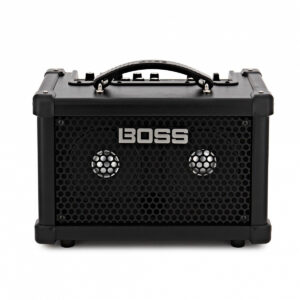 Key features
Key features
- Built-in effects, five preamp types, a looper, and on-board rhythms
- Two custom-designed 5” speakers with 5 watts of power each
- Compatible with the DUAL CUBE BASS LX Editor
Pros
- The CUBE series is famous for street buskers, but the Bass LX can be great for both practice and mobile performance
- With both built-in rhythms and a looper, it’s super easy to get creative and jam without finding a backing track
- A suite of built-in effects and preamp types give you plenty of tonal options to explore without pedals
Cons
- Smaller size and lower output might not stretch to a full band practice or small gigs
Another portable amp that fits the bill of “practice and a bit more”. Boss’ Dual Cube Bass LX comes from a large family of acclaimed street amps, with Roland’s Cube series first launching back in 1978.
This pedigree does the small amp a lot of favours, as you can extract a luscious and rich output from the small cab and twin speaker setup, the result of decades of design refinement from Boss.
On top of this stellar base bass sound, Boss have introduced a host of preamps, effects, and other goodies to keep you jamming non-stop. These include a compressor and drive that’s tuned for bass, USB audio for direct recording and live streaming, stereo XLR out for easy connection to front-of-house, and tonnes of rhythms and a built-in looper!
Whew. Deep breath. That’s a lot of features to chew through, and it’ll certainly keep any bassist busy and entertained while practising. If it doesn’t, the optional Bluetooth upgrade that allows for audio streaming certainly will! Coupled with extras like Boss’s footswitch, it makes it a really powerful compact amp that can do more than just sharpen your skills.
Things to consider when buying a bass practice amp
Power output
The first things to look at are pretty universal for any amp – size, space, and use cases. Your home might be in the most remote reaches of the wilderness where you’re free to blast the tunes at maximum volume. For many people though, neighbours (and other housemates!) will be a concern, so the power rating and bulkiness of an amp should be your first point of consideration.
Power outputs for amplifiers are rated in watts; the higher the wattage the louder you can expect the amp to be.
Size
Tying neatly with power output is size. The more power an amplifier is capable of, the larger the speaker size will be to harness it. As a consequence of that, the cabinet will be larger to accommodate the power amp and speaker, resulting in heavier and bulkier equipment.
If you need an amp to stay at home and never move then sure, get the size you’re capable of getting. But if you’re moving to and from band practice or jams, then you’ll need to look at a lighter load.
Features
Do you need a basic amp for a clean bass sound? Or do you want something that comes pre-loaded with gain tones and other exciting effects? The feature set of a practice amp is essential to get what you want.
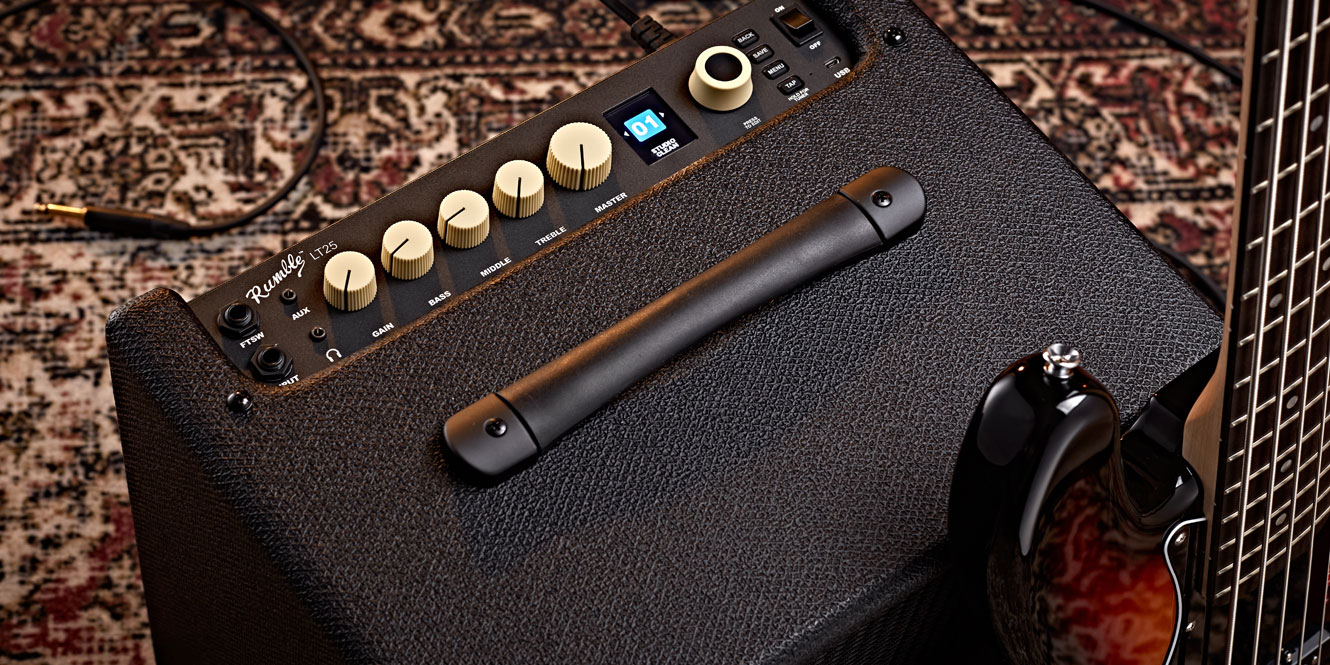
Benefits of a practice amp
The benefits of bass practice amps extend way beyond giving you bassy tones at home. Many bass amps (like the ones we’ve listed) come packed with features to let you practice or perform how you want.
Some might have battery power capability, letting you jam where power outlets are an issue. Others will have USB or Bluetooth streaming capability, allowing you to hook up to a PC and record your music, or even livestream your riffs to a global audience.
Maybe you’re looking to write your own music – in which case, amps that have built-in effects and loopers can really help expand your creative options. You can get pedalboards and multi-fx units that do this, sure, but if you’re just starting out or want to cut down on accessories for your practice space, then an all-in-one combo amp is a great solution.
FAQs
What size and power of bass amp is good for practice?
For home practice, a bass amp between 25-50 watts is usually sufficient, providing a good balance between volume and sound quality without taking up too much space.
Should I practice bass on an amp?
Practising bass on an amp is beneficial as it allows you to hear your playing more clearly, understand how your bass interacts with amplification, and refine your tone and dynamics. It’s a crucial part of developing your sound and performance skills.
How powerful of a bass amp do I need?
The power of a bass amp you need depends on your use case. For home practice, 20-50 watts are typically enough. For rehearsals and small gigs, 50-100 watts. For larger venues, 200 watts or more may be necessary to ensure your bass cuts through the mix.
Final thoughts
This foray into the best bass practice amps should have equipped you with plenty of ideas for where to take your tone. From the humble combo to the high-tech headphone amp gadget, there’s plenty on offer in the bass world to satisfy any kind of player.
If you have any questions on which would suit you best, don’t hesitate to ask! And if you’ve fulfilled your bass thirst, then why not have a look at some of our other gear guides to round off your setup?
Happy low-down rocking!

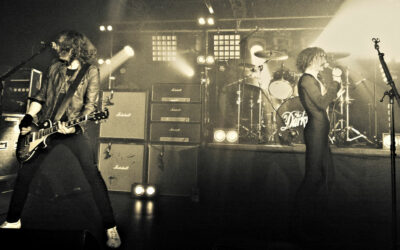
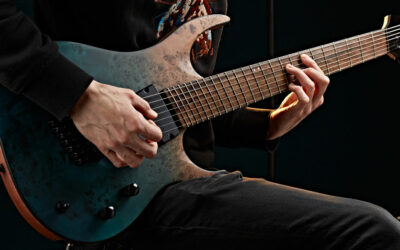
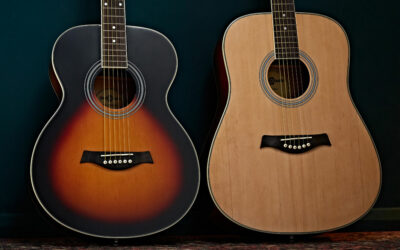

0 Comments